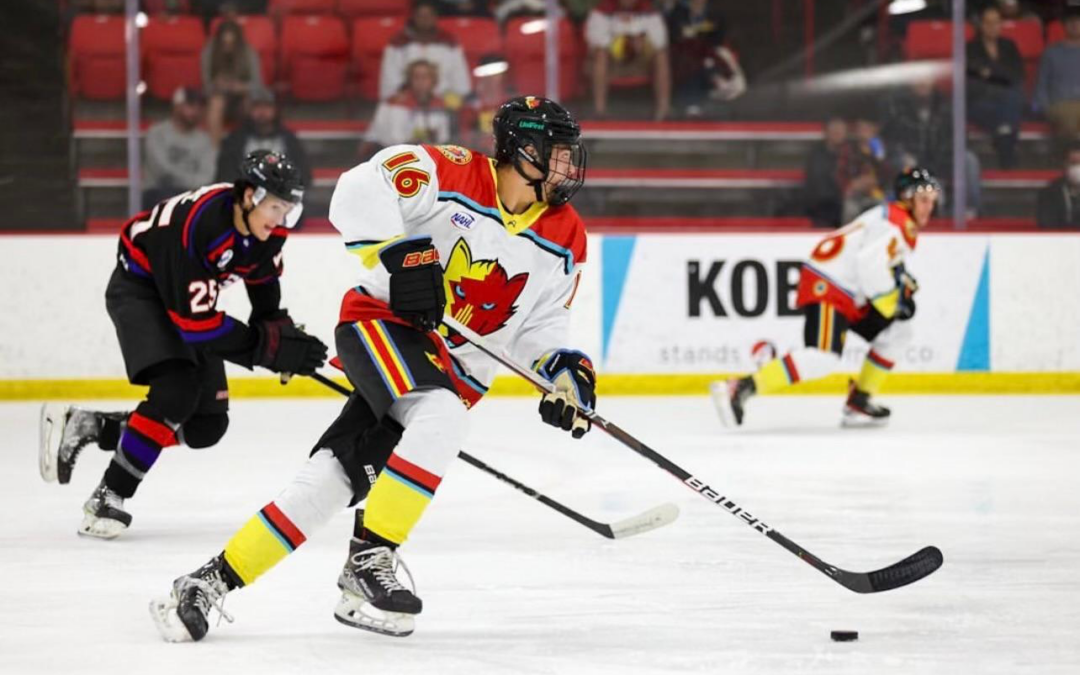Hockey players are no stranger to injuries, considering it is a high-speed, high-risk collision sport. Here we are going to look at a specific, often-injured site in hockey players: the hip.
Overview of the Hip
The hip is one of the most stable joints of the body. Some of the body’s strongest muscles are around the hip, and the joint capsule itself is significantly stronger than its counterpart in the shoulder. The hip flexors, groin muscles, glutes, hamstrings, and one of the quad muscles all cross the hip, meaning it is also a very powerful joint.
The Skating Hip
Skating requires a different motion at the hip than running, meaning on-ice athletes have different movement patterns than those who play on a field or court. The repetitive motion can even cause anatomical changes in the hip over a long period when a youth athlete grows up playing hockey. A skating stride looks much different than a running stride, putting different stresses on different parts of the joint.
Common Hip Injuries in Hockey Players
-
Muscle strains: groin, hip flexor, hamstring, glutes…there are several muscle groups that are susceptible to strain. Groin strains tend to be common in hockey players, due to the lengthened position they are in during a stride.
-
Labral tears: those anatomical changes to the hip joint put extra stress on the ring of cartilage. Labral tears in the hip can cause deep joint pain and affect performance on the ice.
-
Hip pointers: contact causes contusions, and bruises on the hip bones can linger. These are common in hockey thanks to checking.
-
Athletic pubalgia: this is a catch-all term for soft tissue injuries that occur in the hip and pelvis region. It is often called a “sports hernia.”
-
Fractures and dislocations: hip dislocations are very rare in hockey. Fractures can occur but are not as common as soft tissue injuries at the hip.
Treating and Preventing Hip Injuries
A comprehensive off-season program is critical to limiting injury risk for hockey players. Mobility in all motions, strength, single-leg strength and power, core control, and pelvic floor strength should all be components of the off-season, and many of these motions are simple but effective.
Injuries are not completely avoidable, though. So what should you do when you injure your hip?
-
Talk to your athletic trainer: they can offer the best insight into managing your injury and if you need to be referred to a physician.
-
Rest: the more stress you put on an injury, the longer it can delay healing or worsen further.
-
Rehab: addressing pain, mobility deficits, or weakness after an injury will accelerate the return to play process and reduce the risk of re-injury.
Conclusion
The hockey hip is a unique joint to manage when it comes to injuries. The repetitive motion of a skating stride puts different stresses on the hip joint, which makes the structures vulnerable to injury. Muscle strains, particularly in the groin, as well as labral injuries are seen often in hockey players.

